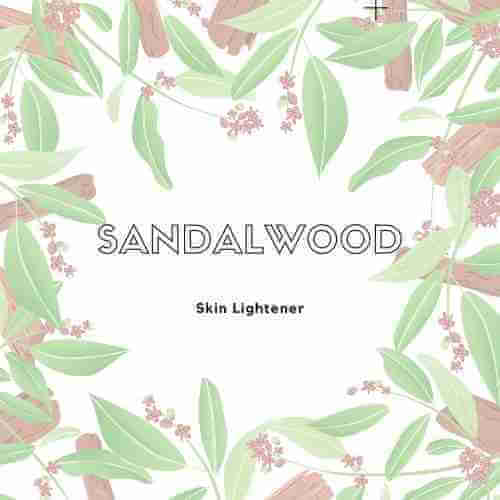Before I started researching this blog, I wrote out everything I knew about sandalwood. As you can see, it would neatly fit onto a matchbook:
- Grows in Australia and India
- Possibly the plant equivalent of an endangered species (?)
- Used for religious purposes as “chandan”
- Seen it some skincare products such as UMA, Forest Essentials and Clarins
I did some research and here are 3 things I learnt:
1 Sandalwood is old
Sandalwood trees are mentioned frequently in the Ramayana. One of the listed researchers (see sources and uses) claims that sandalwood’s existence in India can be verified to 25 centuries ago. Anyway, its an ancient tree that has been used in Indian skincare (mainly through Ayurveda) for a long time.
2 Its expensive
Sandalwood grows in Australia and India. The Australian variety makes up about a third of world demand and is also the cheaper variant. The Indian variant grows mainly in Tamil Nadu and Karnataka and sells at US$ 20,000/kg. Also, sandalwood oil is obtained from the steam distillate of wood yielding a very low yield.
This probably explains why its an uncommon skincare ingredient and suggests that UMA oils is definitely undercharging for its Brightening Mask.
3 Sandalwood oil is a skin lightener
“The major constituents of sandalwood oil are the sesquiterpene alcohols, α-santalol (53 %) and β-santalol (23 %)” (Source: Misra et al).
Alpha-santalol is found to be an inhibitor of mushroom tyrosinase, which is used as a proxy for reaction in human skin.
The researchers find that the anti-tyrosinase activity of α-santalol is comparable to Arbutin. Also, that β-santalol does not have an impact on tyrosinase.
This is impressive, but I note that there are no subsequent studies verifying this.
Closing remarks
I feel a sense of embarrassment that I know so little about sandalwood because it’s so ingrained in my culture as an Indian. I am always looking to the West for answers to my skincare problems but never what’s right in front of me.
Sources and uses
Perera et al, Antityrosinase Activities of Thespesia populnea Bark and Phyllanthus emblica Fruit, JAMPS, 16(3): 1-8, 2018
Yadav et al, A Short Review on White Sandalwood (Santalum album L.), IJSRR 2019, 8(4), 73-136
Misra et al, TLC-Bioautographic Evaluation of In Vitro Anti-tyrosinase and Anti-cholinesterase Potentials of Sandalwood Oil, Natural Product Communications Vol. 8 (2) 2013, 253-256
Kumar R et al PHYTOCHEMISTRY AND PHARMACOLOGY OF SANTALUM ALBUM L.: A REVIEW, World Journal of Pharmaceutical Research, Volume 4, Issue 10, 1842-1876
